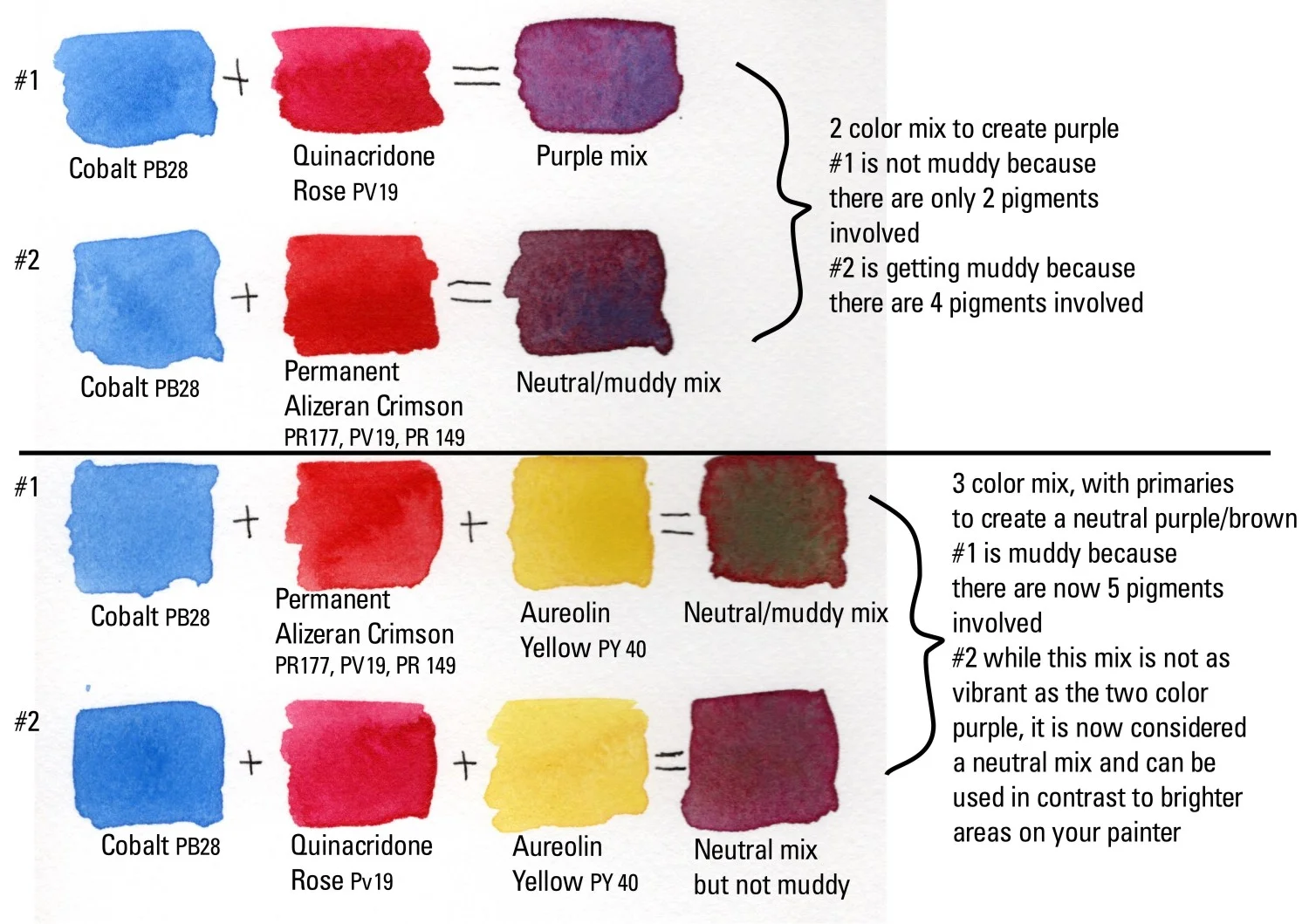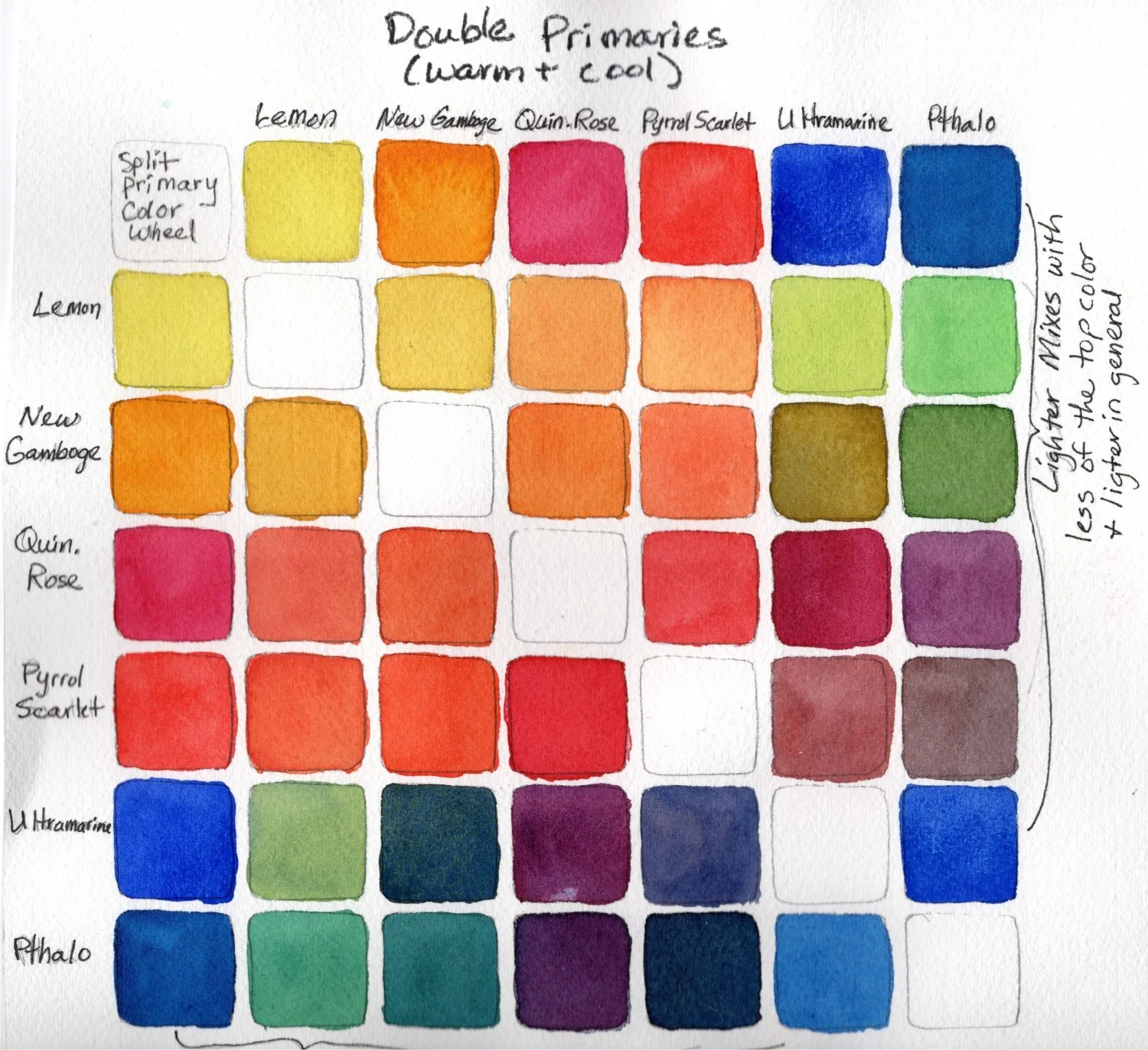Tips For Mixing Watercolor Paints To Achieve Vibrant Colors
The Watercolor Alchemist: Unlocking Vibrant Hues with Mixing Magic
Hey art friends! 👋
Ever stare at your watercolor palette, brimming with beautiful colors, and think, "How can I make my paintings pop with even more vibrant hues?" 🎨 I’ve been there, and let me tell you, the world of watercolor mixing is a rabbit hole of endless possibilities! 🐇
Today, I’m diving deep into the secrets of creating those rich, luminous colors that make your paintings sing. We’re going to talk about the science behind color mixing, learn some pro tips, and even play with some color theory magic. Get your brushes ready, because it’s time to unleash your inner watercolor alchemist! ✨
The Science of Watercolor Mixing: More Than Just Mixing Colors
Before we get into the fun stuff, let’s talk about the fundamentals. Watercolor mixing is a delicate dance between pigments and water. Pigments are the colored particles that give watercolors their hue, and the amount of water you add determines the intensity and transparency of your color.
Here’s the deal:
- Pigment Concentration: The more pigment you use, the more intense and opaque the color becomes. Think of it like making a cup of coffee – the more coffee grounds you use, the stronger the brew! ☕
- Water to Pigment Ratio: Adding more water dilutes the pigment, creating a lighter and more transparent wash. This is like adding water to your coffee – the more water, the weaker the coffee! 🥛
Understanding this basic principle is crucial for achieving the desired color intensity and transparency in your paintings.
Color Theory: Your Guide to Mixing Mastery
Now that we’ve laid the groundwork, let’s talk about color theory. This is your secret weapon for creating harmonious and vibrant color palettes. Here’s a quick rundown:
- Primary Colors: These are the building blocks of all other colors. In the world of watercolor, we typically use red, yellow, and blue. 🔴🟡🔵
- Secondary Colors: These are created by mixing two primary colors. For example, mixing red and yellow gives you orange, mixing blue and yellow gives you green, and mixing red and blue gives you purple. 🟠🟢🟣
- Tertiary Colors: These are created by mixing a primary color with a neighboring secondary color. For example, mixing red with orange gives you a reddish-orange, mixing blue with purple gives you a bluish-purple, and mixing yellow with green gives you a yellowish-green.
- Complementary Colors: These are colors that sit opposite each other on the color wheel. They create high contrast and visual excitement when placed next to each other. Think red and green, blue and orange, or yellow and purple.
- Analogous Colors: These are colors that sit next to each other on the color wheel. They create a harmonious and balanced look. Think red, orange, and yellow, or blue, green, and purple.
Tips for Mixing Vibrant Watercolor Colors:
Okay, enough theory – let’s get practical! Here are some tips to help you unlock the full potential of your watercolor palette:
- Start with Clean Brushes and Water: This might sound obvious, but it’s essential for creating clean, vibrant mixes. A dirty brush can muddy your colors, and using dirty water can dilute your pigments unevenly.
- Use Quality Pigments: Not all watercolors are created equal. Investing in high-quality pigments with good lightfastness and staining properties will make a huge difference in the vibrancy and longevity of your colors.
- Experiment with Different Water to Pigment Ratios: Don’t be afraid to play around with different amounts of water to find the perfect consistency for your desired effect.
- Mix on a Palette: Using a palette is essential for creating clean and consistent mixes. It allows you to see your colors clearly and easily access them for your paintings.
- Use a Mixing Palette: A mixing palette is a great tool for keeping your colors organized and preventing them from drying out too quickly.
- Mix Small Amounts: Start with small amounts of pigment and water, and gradually add more as needed. This allows you to control the color intensity and adjust it as you go.

